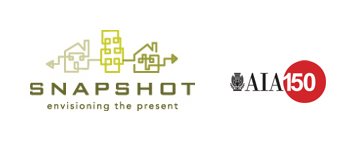


Remember that tonight is KC Snapshot's second event, Time to Work, 5:30 at the Art Institute. And speaking of poems, here’s one on tonight’s topic--work. Poet Laureate Donald Hall was in Kansas City a few months ago and read this poem at the KC library. They’ve been putting on some outstanding programs, it’s well worth taking a look at the schedule.
Hope to see you tonight.
Ox Cart Man
BY DONALD HALL
In October of the year,
he counts potatoes dug from the brown field,
counting the seed, counting
the cellar’s portion out,
and bags the rest on the cart’s floor.
He packs wool sheared in April, honey
in combs, linen, leather
tanned from deerhide,
and vinegar in a barrel
hooped by hand at the forge’s fire.
He walks by his ox’s head, ten days
to Portsmouth Market, and sells potatoes,
and the bag that carried potatoes,
flaxseed, birch brooms, maple sugar, goose
feathers, yarn.
When the cart is empty he sells the cart.
When the cart is sold he sells the ox,
harness and yoke, and walks
home, his pockets heavy
with the year’s coin for salt and taxes,
and at home by fire’s light in November cold
stitches new harness
for next year’s ox in the barn,
and carves the yoke, and saws planks
building the cart again.





